The Animals They Brought With Them
Students determine the fate of the animals that were brought to New South Wales and their place in the diet of the colonists.
This is the student activity 1 of 8 of the Food of the colony learning activity.
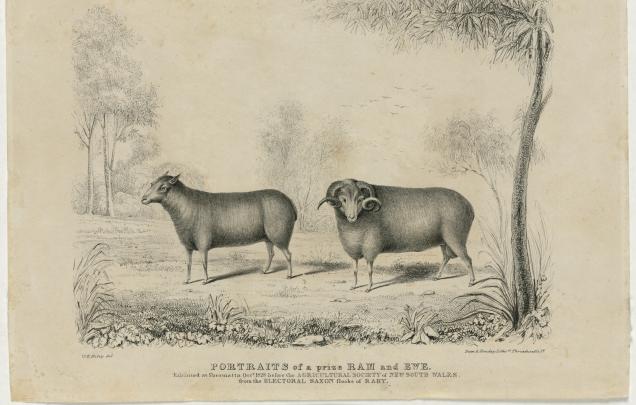
The Animals They Brought With Them
The farm livestock that arrived with the First Fleet did not provide the food they were hoping for either. The cattle escaped, and many of the animals died. The weather was often another cause of setbacks!
Read Judge David Collins’ description of 6 February 1788:
In the night of the 6th February, six sheep, two lambs and one pig, belonging chiefly to the lieutenant-governor, having been placed at the foot of a large tree, were destroyed by the lightning.
Fortunately, other animals survived. Read Judge David Collins' list created in May 1788 of the total amount of stock in the whole colony:
1 Stallion 2 Bulls 19 Goats 5 Rabbits 35 Ducks
3 Mares 5 Cows 49 Hogs 18 Turkeys 122 Fowls
3 Colts 29 Sheep 25 Pigs 29 Geese 87 Chickens.
Answer these questions:
- Which three animals provide milk?
- How many horses altogether?
- How many pigs altogether?
- How many winged animals are there? (Can you do that sum in your head?)
- Do you have any of these animals in your backyard? Why?
- Is there any animal meat you would not eat from this list?
Study a summary of Judge David Collins' account of the food produce available at the marketplace in Parramatta in 1792-3:
| Butter | Cheese |
| Eggs | Chickens |
| Turkey | Duck |
| Mutton | Kangaroo |
| Fresh pork | Salt pork |
| Salt beef | Potatoes |
| A lot of cabbages, per hundred | Maize |
| English flour | Flour of this country |
| Tea (green) | Tea (black) |
| Coffee | Loaf sugar |
| Fine moist sugar | Coarse moist sugar |
Define the food mutton.
Look at these images of animals that provided the meat for the marketplace in Parramatta.
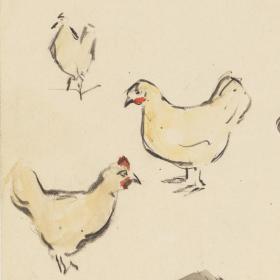
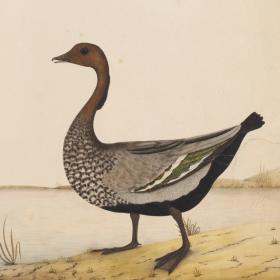
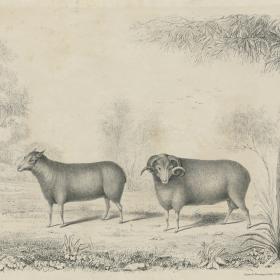
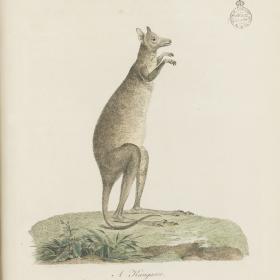
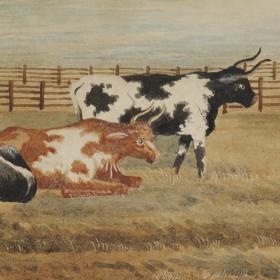
- Which two products would you have thought everyone would be tired of eating by now?
- Which vegetable appears to be growing well?
- Which product now has a choice of a local variety and an imported one?
- Which product now has a choice of three different types?
- Which product on the list was not available to eat in England?
- Why are there so few vegetables available? [Answer in Additional Information.]
- What items are missing from the lists that you might buy today?
- From the set of images, which animals are introduced animals to Australia?
- What consequences might there be to the land with the introduction of these non-native animals?
Research which animals in our country are introduced species and which ones are native. Investigate the impact on our environment and native species by the introduced non-native species of animals. Discover the original (non-European) names of our native animals. That might vary across regions as we know there are over 250 known Aboriginal languages.
For information about food eaten at celebrations such as goat and pies, see Celebrations as part of the Idle Hours learning activity.
